The Fascinating ‘Hemis Monastery’ in Alpine Forest India
Hemis, Leh
Hemis or Hamis is a quaint village in the Leh district, located 40 km southeast of Leh on the banks of the Indus River. Hemis Monastery and the National park are known for their scenic beauty, Lofty mountains, and alpine forests. The Stok Kangri peak is situated within the park. The confluence of the Indus and Zanskar rivers acts as the park’s boundary and is the best landscape. It also includes the catchment area of Markha, Sumdah, and Rumbak, and some portion of the Zanskar Range. The place is also very much famous because of all the colourful festivals that are celebrated by the local Leh people. The Monastery holds its ancient history ever since its establishment in 1672. The monastery was originally established by the well-known King Gyalva.
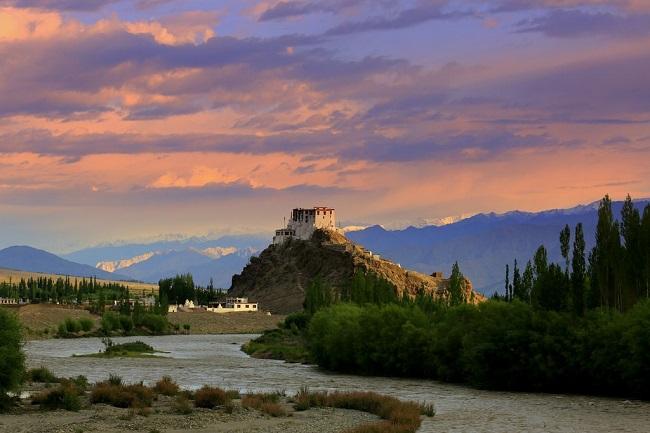
History of Hemis Monastery
The history of Hemis or Hamis is related to the Monastery that is established here. Throughout history, it has been studied that the Monastery dates back to the 11 century. The famous Marpa translator has also been associated with the establishment of the Monastery. The monastery is so popular since ancient times and has been visited by several Buddhist monks. The Monastery originally belongs to the Red Sect of Buddhism also named Dugpa Kargyupta. Visitors can find all types of paintings that are exhibited on the walls of the Monastery, which rests peacefully on the banks of the river Indus.
Tourism in Hemis
Hemis is one of the famous tourist spots in Jammu and Kashmir. It is a perfect destination for people who enjoy nature, culture, and traditions. There are a lot of activities that can keep you close to nature. With pristine and scenic surroundings, the hamlet has many things to experience, from a national park, and museum to a Buddhist complex. Hemis Monastery houses a spectacular copper statue of Lord Buddha along with stupas made of gold and silver, thangkas, and murals. This is also one of the places where you get to see the famous time cycle or Kalchakra. The walls of the Monastery have been decorated with epics representing The Kalchakra. All four sides of the monastery are decorated with colourful prayer flags. Hemis is most visited during the annual Hemis Festival held here each year in June.
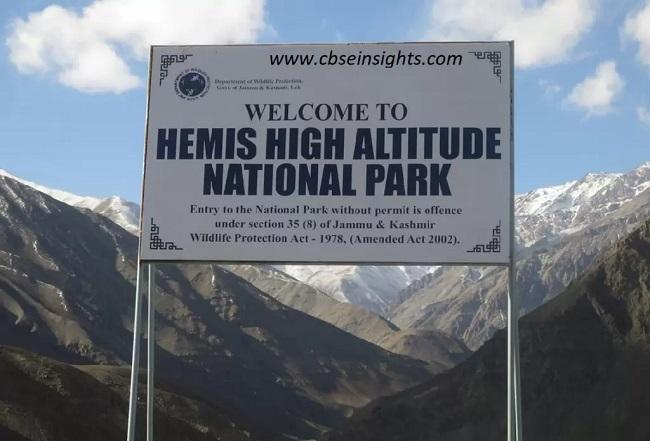
Best Places to Visit in Hemis
There are a number of places in Hemis where visitors can spend the best time. Some of the places are mentioned here below.
Hemis Monastery
Hemis Monastery is a Buddhist monastery, Built by the Ladakhi king Sengge Namgyal. It is ranked as one of the wealthiest monasteries in India. Hemis Monastery is most visited during the annual Hemis Festival, held every year in early June. When visiting the Monastery visitors will also get a chance to visit the famous Indus foothill. Apart from these, Touristic can also visit the Stakna Gompa and the Gotsang Gompa. There are a lot of places where they can shop and dine to enjoy the local cuisine.
Read more- Tharangambadi-A Dreamy Beach Town near Pumpuhar, Tamilnadu
Shang Gompa

Stakna Gompa
A small shaky bridge over the Indus, leads one to the Stakna Gompa, on the banks of the river. This is the place where the most panoramic and beautiful views of Hemis can be seen. The name Stakna Gompa literally translates into ‘tiger’s nose’ since the hill that the monastery crowns, is believed to have resembled a tiger’s nose. The structures are not as sprawling and colourful as a lot of other monasteries around the area but the sceneries that it finds itself amongst are amazing. Gotsang Gompa is another Buddhist centre in the area where one can stay and visit the surrounding area.
Hemis National Park
The Hemis National Park is located at an altitude between 3,300 and 6,000 meters above sea level. The park is home to rare snow leopards and is known to be the highest in the world. The Hemis National Park is founded in 1981 and consisting six villages. Some of which are great camping sites. Along with the four-hundred-year-old Hemis Monastery, the national park is also well known for trekking and hiking options.
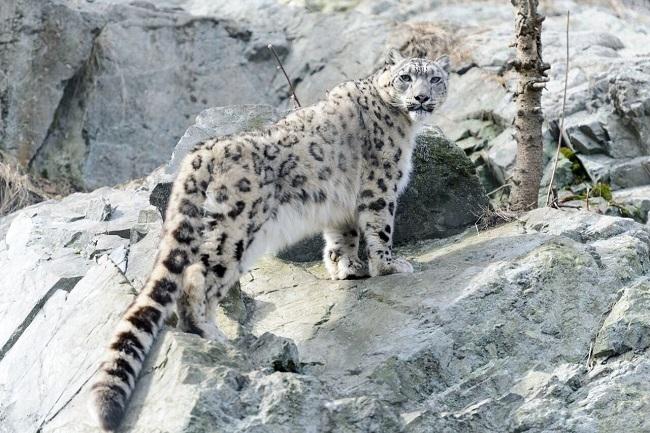
Hemis National Park also has the distinction of being among the largest contiguous protected region, second only to Nanda Devi Biosphere Reserve. The park is home to 16 species of mammals and 73 birds. This is also a protected home for endangered mammals like leopards, Asiatic ibex, the Tibetan wolf, the Eurasian brown bear, and the red fox. The park boasts 200 leopards and is the only habitat of Shapu or the Ladakhi Urial in India.
Best Trekking Point-Trekking is the best way to visit the National park. One can trek in this park to Markha valley, Spituk, and Rumbak. These valleys are tough ones as one has to cross high-altitude passes.
Shopping in Hemis
If you are at Hemis Gompa, the Hemis Museum Shop is the best place to shop. Get your hands on the painting, wooden dragon statues, Curios, postcards, and much more. One might find a few more similar small shops dotting the area, where one can chance upon some unique treasures to take back home.
Hemis Festival
Hemis is also famous for hosting all types of colourful festivals. In the months of June or July, one can get a chance to be a part of these festivals. The festival involves a lot of preparations, dance, music, and culture. The festival is celebrated in memory of Padamasambhav Guru on his birth anniversary every year. During the festival, the entire valley is enchanting with music and dance. Visitors can hear all the voices and sounds of cymbals, drums, and trumpets that are played by the local people. The Monastery has been celebrating this festival for over 300 years.
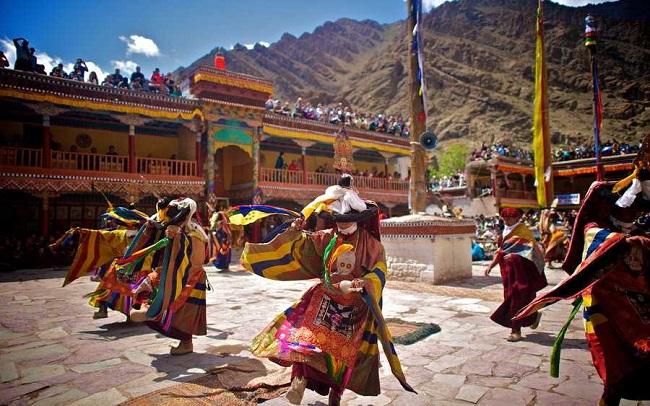
How to Reach Hemis Monastery
The best way to reach Hemis is by Air Delhi, Hemis is 45 km away from Leh. The Nearest railhead is Jammu. The Hemis is also well connected with all-weather roads. The best time to visit the park is from mid-June to Mid- October but the best wildlife sightings are in winter.
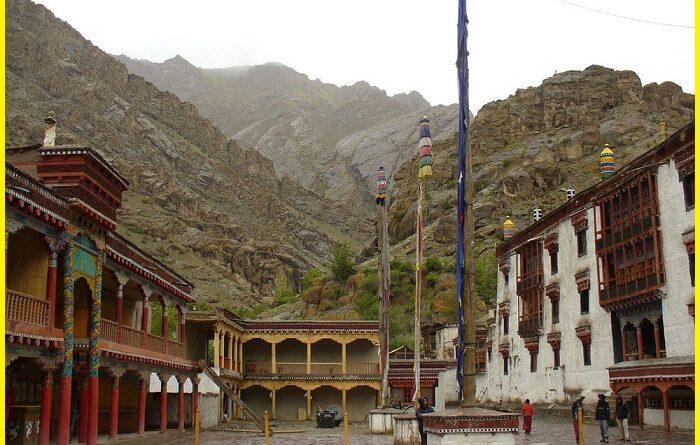
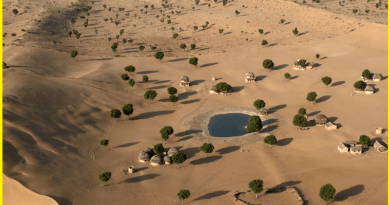
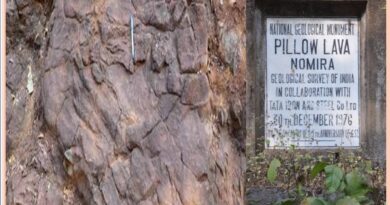
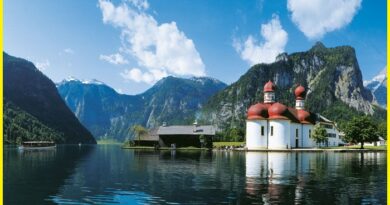
Pingback: Pangong lake India- A Moraines Feature That formed in the last Ice Age - Geotourism